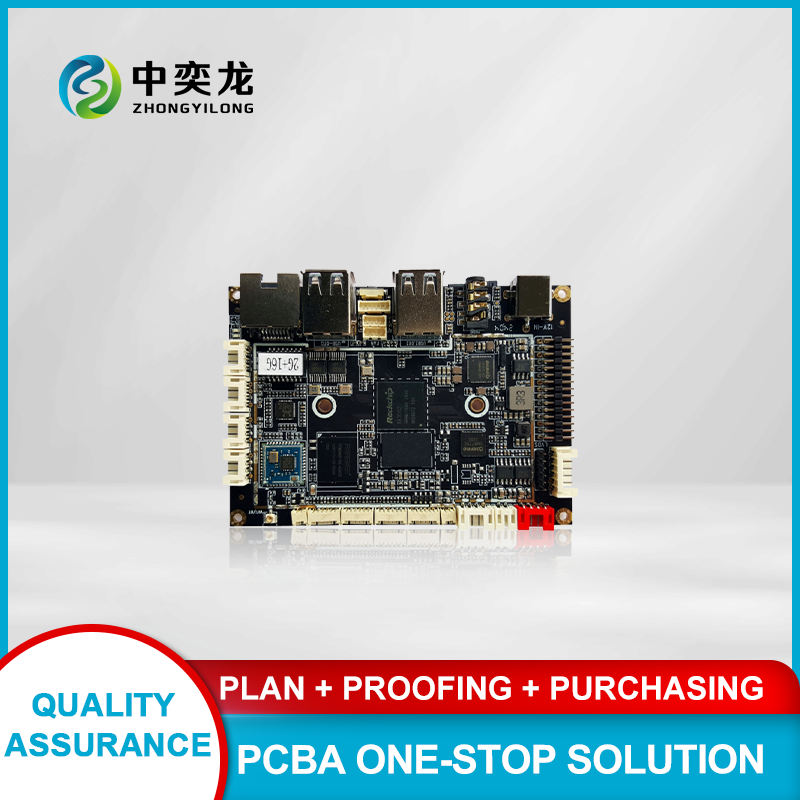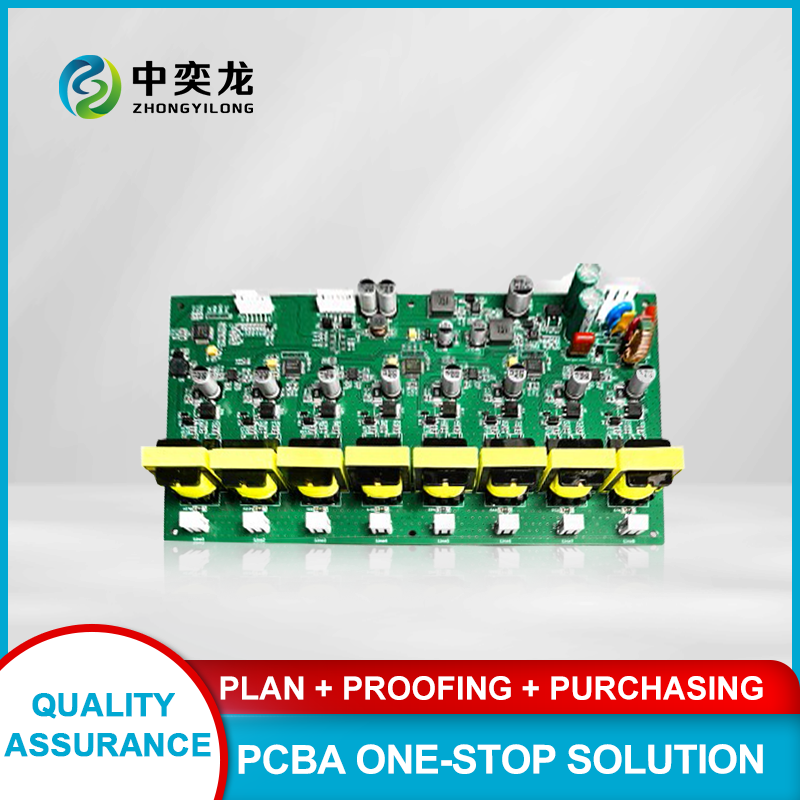
Understanding Blood Pressure Monitor PCBA: Key Components and Considerations
2025-06-28
When it comes to blood pressure monitors, the printed circuit board assembly (PCBA) plays a pivotal role in ensuring the accuracy, efficiency, and reliability of these devices. A blood pressure monitor PCBA is essentially the heart of the device, integrating various electronic components that work together to measure and display blood pressure readings accurately.
The foundation of any effective blood pressure monitor PCBA lies in its major components. These typically include microcontrollers, resistors, capacitors, sensors, and connectors. The microcontroller acts as the brain, processing data received from the sensors that measure systolic and diastolic pressure. These sensors, often piezoelectric or capacitive types, convert the physical pressure signals into electrical signals that the microcontroller can process.
In the design phase, engineers must consider circuit layout, signal integrity, and noise reduction techniques to prevent inaccuracies in readings. The layout should minimize interference from other electronic components, which is crucial for devices that require precise measurements, such as blood pressure monitors. The use of high-quality components is essential; for example, temperature-compensated resistors can enhance the stability and accuracy of readings across varying conditions.
The manufacturing process of blood pressure monitor PCBA involves several key steps. Surface-mount technology (SMT) is commonly employed to assemble components onto the PCB. This method allows for high-density component placement and improves the performance of the overall assembly. After assembly, the PCBA undergoes rigorous testing, including functional tests and reliability assessments, to ensure it meets industry standards and performs accurately in real-world conditions.
Another important aspect to consider is the certification of the PCBA for medical devices. Compliance with regulatory standards, such as ISO 13485 for quality management systems and IEC 60601 for medical electrical equipment, is crucial. These certifications ensure that the blood pressure monitor PCBA is manufactured under strict guidelines that guarantee safety and effectiveness.
Moreover, as technology evolves, integrating wireless communication capabilities into blood pressure monitor PCBAs is becoming increasingly common. This allows for the transmission of data to smartphones or healthcare systems, enabling remote monitoring and better patient management. However, this adds additional layers of complexity to the design and manufacturing processes, requiring expertise in both electronics and software development.
In conclusion, a blood pressure monitor PCBA is a complex assembly that requires careful consideration of components, design, and manufacturing processes to ensure high reliability and accuracy. As the demand for smart healthcare devices grows, understanding these aspects will be essential for manufacturers aiming to deliver reliable blood pressure monitoring solutions.
The foundation of any effective blood pressure monitor PCBA lies in its major components. These typically include microcontrollers, resistors, capacitors, sensors, and connectors. The microcontroller acts as the brain, processing data received from the sensors that measure systolic and diastolic pressure. These sensors, often piezoelectric or capacitive types, convert the physical pressure signals into electrical signals that the microcontroller can process.
In the design phase, engineers must consider circuit layout, signal integrity, and noise reduction techniques to prevent inaccuracies in readings. The layout should minimize interference from other electronic components, which is crucial for devices that require precise measurements, such as blood pressure monitors. The use of high-quality components is essential; for example, temperature-compensated resistors can enhance the stability and accuracy of readings across varying conditions.
The manufacturing process of blood pressure monitor PCBA involves several key steps. Surface-mount technology (SMT) is commonly employed to assemble components onto the PCB. This method allows for high-density component placement and improves the performance of the overall assembly. After assembly, the PCBA undergoes rigorous testing, including functional tests and reliability assessments, to ensure it meets industry standards and performs accurately in real-world conditions.
Another important aspect to consider is the certification of the PCBA for medical devices. Compliance with regulatory standards, such as ISO 13485 for quality management systems and IEC 60601 for medical electrical equipment, is crucial. These certifications ensure that the blood pressure monitor PCBA is manufactured under strict guidelines that guarantee safety and effectiveness.
Moreover, as technology evolves, integrating wireless communication capabilities into blood pressure monitor PCBAs is becoming increasingly common. This allows for the transmission of data to smartphones or healthcare systems, enabling remote monitoring and better patient management. However, this adds additional layers of complexity to the design and manufacturing processes, requiring expertise in both electronics and software development.
In conclusion, a blood pressure monitor PCBA is a complex assembly that requires careful consideration of components, design, and manufacturing processes to ensure high reliability and accuracy. As the demand for smart healthcare devices grows, understanding these aspects will be essential for manufacturers aiming to deliver reliable blood pressure monitoring solutions.
Related News












 WhatsApp
WhatsApp
 E-mail
E-mail